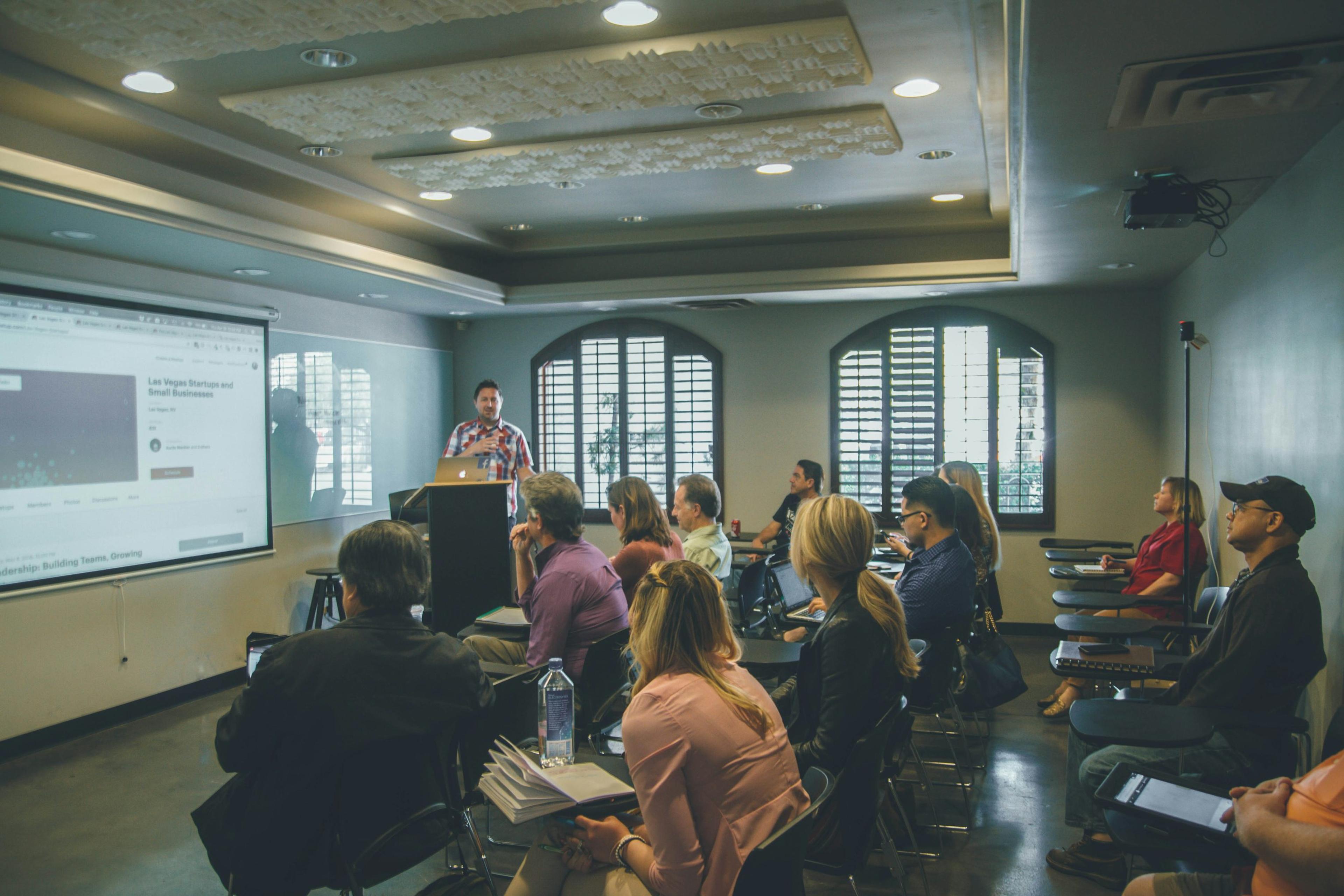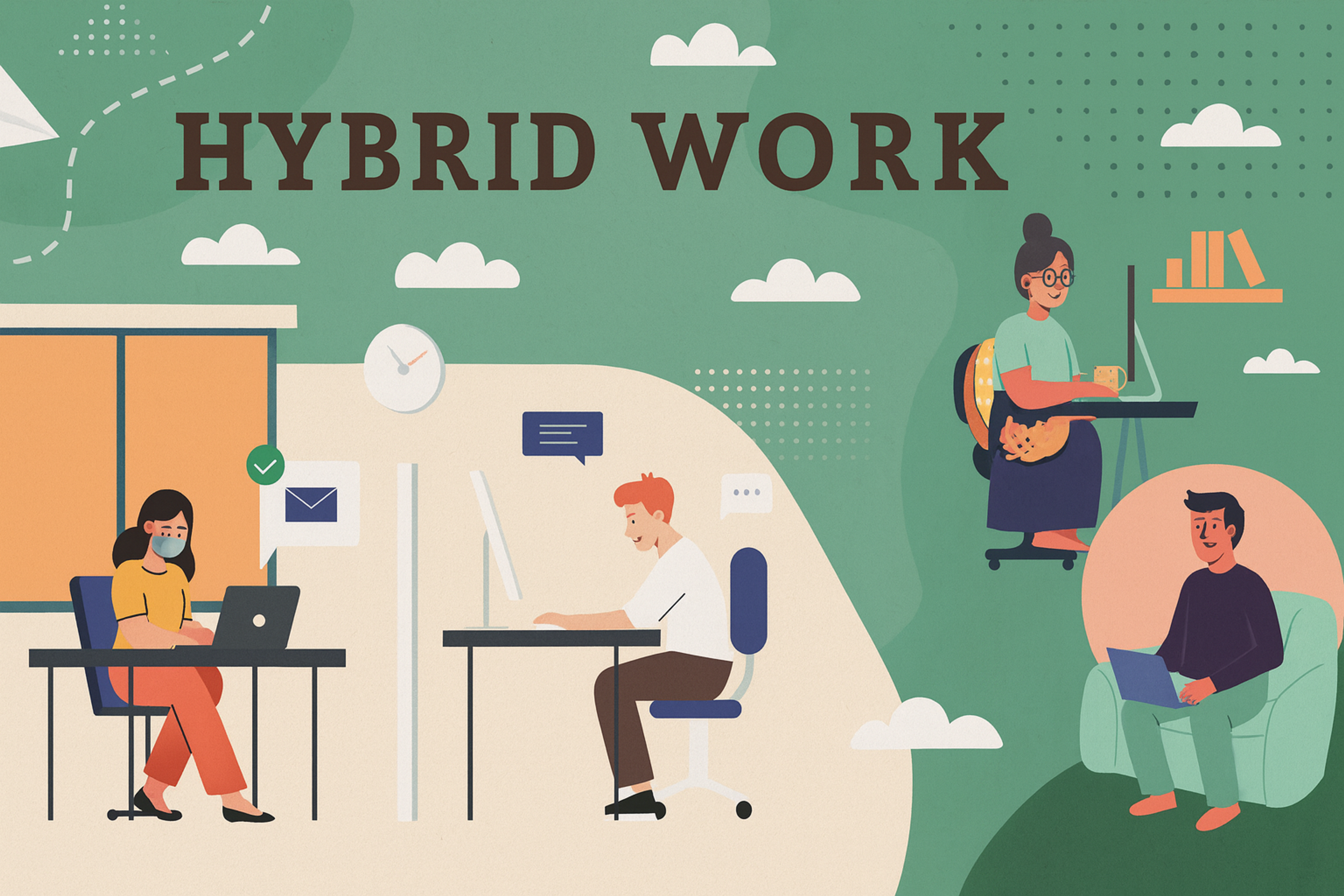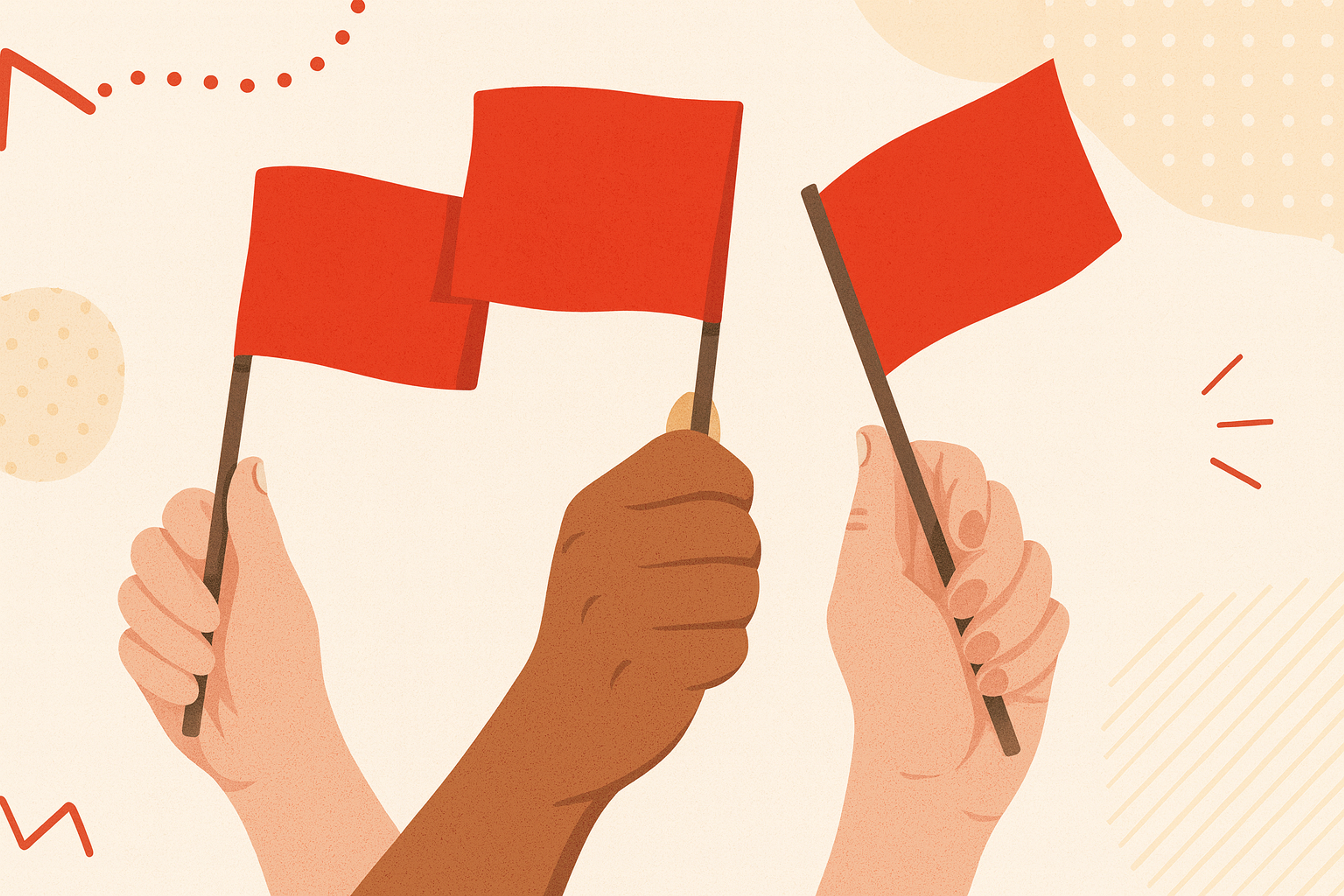The design experience (UX) has grown into one of the most significant aspects of business success, as it affects how customers interact with different services and products. One critical concern is whether you should hire a local or remote UI/UX design agency. This article is intended to help you make that choice by presenting the advantages and disadvantages of each option, depending on your circumstances.
Understanding Your UX Design Needs
Before proceeding with the actual steps of UX design, you should prepare by identifying the needs and expectations of your organization. Here is a simple outline of how to accomplish this:
1. Assessing Project Scope and Complexity
The first thing you need to do is outline your expectations for your project. Are you looking to build a simple website, digital products, or do you require a complicated system? Examine the size of your project and figure out the necessary features and functions. You will better understand the reasonable outcome and effort you can expect.
2. Timeline Considerations
Setting a timeline is important for managing any business project. Consider other deadlines or milestones that may be helpful to meet. Is it related to the product launch or some event? This will enable you to focus on the right tasks and effectively distribute resources to achieve your goals.
Source: Bhawana priyadarshini on Unsplash

3. Budget Constraints
Almost every project has a specific monetary budget that constrains its possibilities. For the UX design work, set a budget range, allocating funds separately for research, design, and development. Prioritizing your spending will be easier.
4. Internal Team Capabilities and Gaps
Take time to analyze the internal team’s design skills and capabilities for evaluation. UX designers are notoriously hard to find. Will you have to bring some in, and do you have the budget for it? Establish which skills are missing and whether an agency or freelancer is required to achieve the goals.
If you understand your UX design requirements, you can accurately assess the project’s scope and complete it within the desired timeframe and budget. Establishing robust design systems can also support your internal team by providing a scalable and consistent framework for your UX design projects.
Local UX Design Agencies: Pros
Local agencies often offer UX design services, and there are considerable beneficial aspects that could ease the progress of any project. The most notable is the chance to speak or meet physically. In-person sessions provide better understanding, on-site problem-solving, and improvement in collaboration, all of which contribute positively to the design process.
Local agencies also facilitate usability testing, allowing for real-time feedback and adjustments to improve user experience.
Another significant value is their cultural and market familiarity. Local agencies know the audience’s interests very well, which enables them to create designs that fit the local market. Local agencies can also help in creating a strong brand identity that resonates with the local audience. Designs that deeply tackle the audience’s culture are guaranteed to bring high engagement to users.
Logistics become easier for workshops, brainstorming sessions, or user testing when a local agency is involved. Local agencies allow for easy coordination for in-person sessions without the hassle of dealing with time zones and travel, thus saving time and effort.
Source: Kenny Eliason on Unsplash

Moreover, facilitating the work with an agency with a local accent in UX design contributes to the establishment of stronger and more enduring business relations. Regular face-to-face meetings help build confidence and collaboration, which makes it easier to work together in future endeavors.
Local UX Design Agencies: Cons
Local UX design agencies may be more culturally aligned and more straightforward to communicate with, which can be a significant advantage. Still, it's best to weigh these advantages against the downsides.
Higher Costs: Because local agencies must pay their employees and cover business operational costs, their prices often tend to be higher. This can be challenging for new businesses and startups with limited funding.
Limited Talent Pool: By restricting searches to local areas, businesses isolate themselves from more remote, highly skilled UX designers. This affects the company because it limits the diverse innovations and expert knowledge that can be known from different places.
Scheduling and Capacity Constraints: A shared time zone makes remote communication more manageable but has limitations. Local agencies often have many clients, which can be restrictive for you depending on the time of year due to busy project phases or seasonal workloads.
Less Exposure to Varied Industries: Some local agencies tend to specialize in a few select clients or sectors, depending on the location. The lack of variety can hinder creativity and innovation and the ability to offer novel solutions or ideas along with cross-industry information.
Weighing face-to-face meetings with local partners against the cultural benefits can help you devise more effective strategies for your UX objectives.
Remote UX Design Agencies: Pros
Remote UX design agencies provide a compelling alternative to traditional local firms, especially in today’s digital-first world. Their ability to operate across borders offers companies access to a much wider range of talent and skill sets that might be unavailable locally. Remote agencies can significantly enhance a company’s digital presence by leveraging global talent and innovative design strategies.
Remote agencies offer a wide range of digital services, catering to various industries and providing tailored solutions to meet specific client needs.
Access to Global Talent: With no geographical limits, remote agencies recruit top-tier designers, strategists, and developers from around the world, allowing businesses to assemble highly specialized teams tailored to their unique project needs.
Cost-Effective Solutions: Remote agencies often operate with leaner overheads, translating into more competitive pricing. Businesses can also benefit from favorable currency exchange rates or regional cost differences, making high-quality design services more accessible.
Scalability and Flexibility: Remote teams are agile by nature. They can quickly scale according to project demands and timelines, adjusting resources as needed without disrupting workflows or inflating costs.
Round-the-Clock Productivity: Distributed teams across time zones ensure progress continues even after local business hours. This can speed up project delivery and minimize wasted time.
Diverse Perspectives: One of the least appreciated benefits is multiculturalism. International teams add valuable insights that improve user empathy and design inclusivity, enabling your product to attract even more users.
Choosing a remote UX design agency means adopting ingenuity, flexibility, and out-of-the-box thinking at an international level, which is ideal for enterprises that wish to expand globally.
Remote UX Design Agencies: Cons
Even though ease of use, worldwide talent availability, and cost-effectiveness are obvious benefits of remote UX design agencies, there is a unique set of challenges that can impact trust, communication, and project flow if not dealt with ahead of time.
Timezone Differences and Communication Problems: The most distinguishing aspect of working remotely across countries is the likelihood of working in different time zones. This often leads to important conversations being postponed, feedback loops elongating, and crucial issues being ignored. Face-to-face meetings, which are essential for effective communication, are also absent. This leads to bias or missed interpretations of tasks or expectations.
Time Around the World

Reduced Spontaneous Collaboration: Another issue with remote work is the lack of instantaneous collaboration that naturally occurs in an office. Virtual brainstorming or discussions about recent initiatives as well as quick whiteboard meetings take longer to achieve and may lead to stagnation of decision making and creativity.
Potential Security and Confidentiality Risks: Sharing sensitive information or confidential business intel remotely enhances the risk of breaches. In the absence of robust cybersecurity measures and Non-Disclosure Agreements (NDA), projects dealing with proprietary data or intellectual property are at risk for exposure. This is particularly critical when dealing with enterprise software, where data security and confidentiality are paramount.
Reduced In-Person Attendance for Stakeholder Meetings: Building rapport is sometimes best achieved through in-person meetings rather than video calls. Remote agencies may have a hard time developing strong personal relationships with stakeholders, which is crucial in long-term and high-collaboration projects.
In any case, several remote UX agencies manage to do away with such issues by adopting efficient communication protocols, sophisticated project management software, secure data management practices, and adaptable collaboration policies. Where good systems operate, remote working relationships can produce exceptional outcomes with unprecedented speed and insight.
Exploring Hybrid Approaches to Work
Efficient scaling of businesses has contributed to the rapid growth of hybrid UX design and development models. Companies are integrating both local and remote skillful staff members. Here are practical ideas for implementing a hybrid work model that fosters productivity and creativity.
Hybrid Work

Leverage Local Agencies for Strategy, Remote Teams for Production
A versatile model that most companies use is employing a local agency for branding strategy and market research and subcontracting the production work to offshore contractors.
This method ensures that business goals are met with comprehensive, relevant market research and stakeholder participation and that remote professionals handle low-level tasks. Companies with budget constraints and time demands find this style feasible.
Local agencies can also assist with marketing efforts, ensuring that branding strategies are effectively communicated and executed.
Partner with Agencies Offering Both Local and Remote Capabilities
Some UX agencies already have hybrid systems in place. They have local office staff available to conduct strategic workshops and client interactions, and their workforce can be scaled remotely as needed.
These agencies often have expertise in developing mobile apps, ensuring a seamless user experience across different platforms.
The agency handles all the internal coordination, which relieves the client from worrying about workflows and communications. This offers enhanced efficiency and faster turnaround times without needing multiple vendors to manage.
For businesses seeking both UX design and in-house content production, Clay stands out as a leading agency in California. Based in San Francisco, Clay combines strategy, design, and content under one roof — delivering cohesive user experiences backed by original, in-house-written content.
Build an In-House/Remote Hybrid Team
Another possible solution would be to create a hybrid team within your organization. Employ product managers, UX leads, or brand strategists in-house and bring in contract remote designers or developers to work on specific projects.
This gives control of the entire vision and execution while being agile and cost-effective. In-house teams can focus on user research to gather valuable insights, while remote designers and developers execute the design and development tasks. With proper resources and communication structures, this approach is consistent and scalable in the long term.
In a landscape where speed, quality, and efficiency are more crucial than ever, hybrid UX models offer a smart and flexible path forward. Businesses that adopt this method can stay competitive, meet diverse needs, and adapt more easily to shifting project scopes or market demands.
Decision Framework
When evaluating prospective agencies, things should always be considered, particularly regarding essential aspects of the decision framework.
- How well do they meet your demands?
- Which key questions do you need to ask?
Consider how well the agency's designs enhance user satisfaction, ensuring that the final products are not only functional but also enjoyable and user-friendly.
Red Flags

Red flags need to be monitored during the evaluation because they could suggest problems later. Check the agency’s compatibility with your goals and working style. Perhaps a trial project should be implemented before making the long-term commitment.
Read more:
Conclusion
Particular factors, when considered, guarantee success in collaboration with UX design. Assess the prevailing team dynamics alongside other available tools, processes, and workflows so that you can determine what works best for your goals. The right strategy can vary greatly depending on which business needs to be addressed because every project has challenges and requirements.
The same is true with collaboration methods and tools: as UX design advances, so does everything. To succeed, teams need to remain adaptable and open to change and concentrate on user-centered problems. Thoughtfully chosen processes and tools can help businesses unlock creativity, improve productivity, and ensure a good user experience.


About Clay
Clay is a UI/UX design & branding agency in San Francisco. We team up with startups and leading brands to create transformative digital experience. Clients: Facebook, Slack, Google, Amazon, Credit Karma, Zenefits, etc.
Learn more

About Clay
Clay is a UI/UX design & branding agency in San Francisco. We team up with startups and leading brands to create transformative digital experience. Clients: Facebook, Slack, Google, Amazon, Credit Karma, Zenefits, etc.
Learn more



